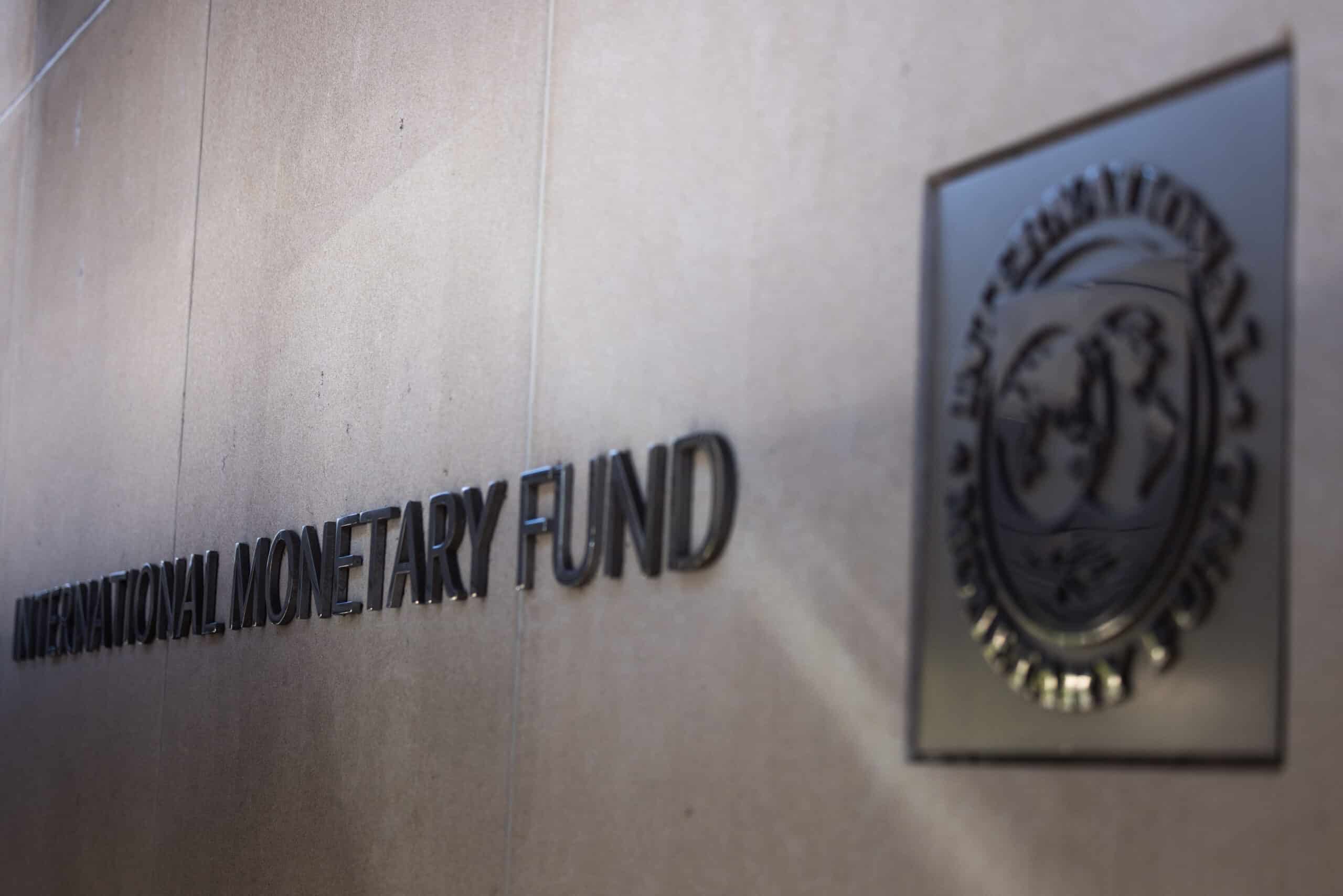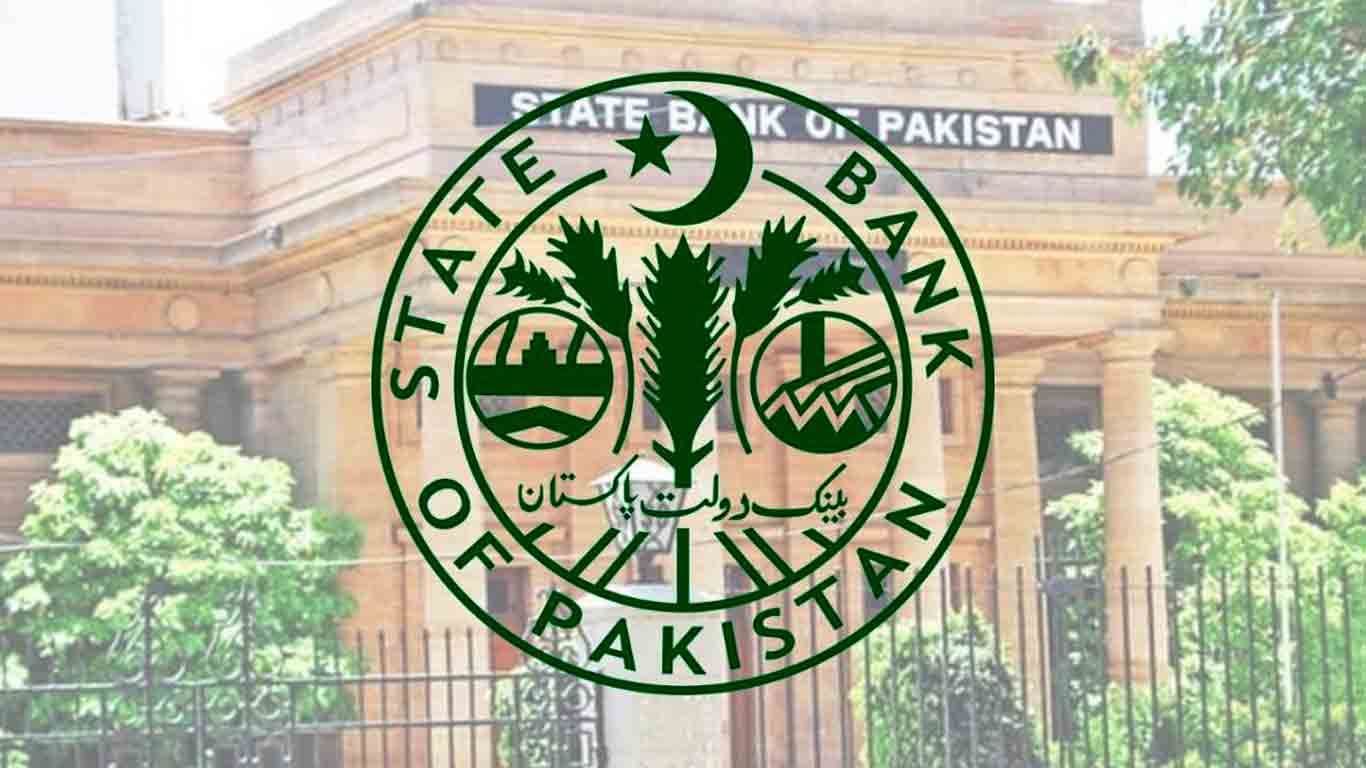TRADE & ECONOMY

The International Monetary Fund (IMF) announced on Tuesday that global growth is expected to ease slightly to 3.2% in 2024 and maintain that level in 2025. Despite the stable projections, the IMF warned that these figures mask significant regional and sectoral shifts, indicating a complex economic landscape.
In its latest World Economic Outlook (WEO) report, the IMF predicts that global inflation will continue to decline, reaching 5.8% this year and falling further to 4.3% by 2025. IMF Chief Economist Pierre-Olivier Gourinchas stated, “We are seeing inflation moving in the right direction without a major slowdown in economic growth or a global recession.” He added that while advanced economies are expected to return to central bank inflation targets by 2025, it will take longer for emerging markets.
The WEO report reveals a concerning trend, projecting global growth to trend downwards to a lackluster 3.1% by 2029, accompanied by increasing risks to this outlook. The IMF emphasized that beneath the seemingly calm growth figures, “the picture is far from monolithic,” highlighting important sectoral and regional shifts that have occurred in recent months.
The report's publication coincides with the commencement of the IMF and World Bank Annual Meetings in Washington, where finance ministers and central bankers are convening to discuss the global economy's health.
Strong Growth in the U.S.
The United States is highlighted as a key driver of global growth, contrasting sharply with the sluggish expansion seen in the euro area. The U.S. economy is expected to grow by 2.8% this year, slightly down from 2.9% in 2023, but still better than earlier estimates. Growth is projected to ease to 2.2% in 2025, as tighter fiscal policies and a cooling labor market are expected to slow consumption.
Gourinchas noted the robust performance of the U.S. economy, attributing it to strong productivity growth and the positive impact of increased immigration on economic expansion. He remarked that the U.S. is “very close” to achieving a soft landing, where inflation falls within targets without leading to a severe recession.
Europe’s Stagnant Growth
In Europe, growth remains low by historical standards, projected at just 0.8% this year, with a slight increase to 1.2% in 2025. While some countries, such as France and Spain, saw upgrades in their growth outlook, Germany’s growth forecast was cut due to persistent weakness in manufacturing.
Slowing Growth in China and India
The IMF expects Japan’s growth to decelerate sharply to 0.3% this year, with a rebound to 1.1% in the following year, driven by strengthening private consumption. In China, growth is projected to cool from 5.2% last year to 4.8% this year, and further to 4.5% in 2025, amid ongoing challenges in the real estate sector and low consumer confidence.
India’s growth is anticipated to decline more noticeably, with projections of 7% this year, down from 8.2% in 2023, and further slowing to 6.5% as pent-up pandemic demand dissipates.
Regional Growth Projections
The IMF forecasts growth in the Middle East and Central Asia to pick up to 2.4% this year and jump to 3.9% in 2025, as temporary disruptions in oil and shipping subside. In Sub-Saharan Africa, growth is expected to remain steady at 3.6% this year, rising to 4.2% in 2025 as weather-related challenges and supply constraints ease.
Overall, while the IMF's projections offer a cautiously optimistic view of global economic stability, the underlying regional and sectoral disparities highlight the need for vigilant monitoring and adaptive policies.




